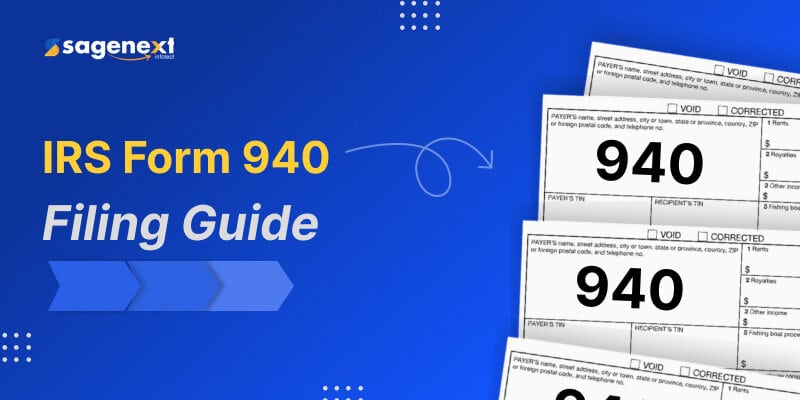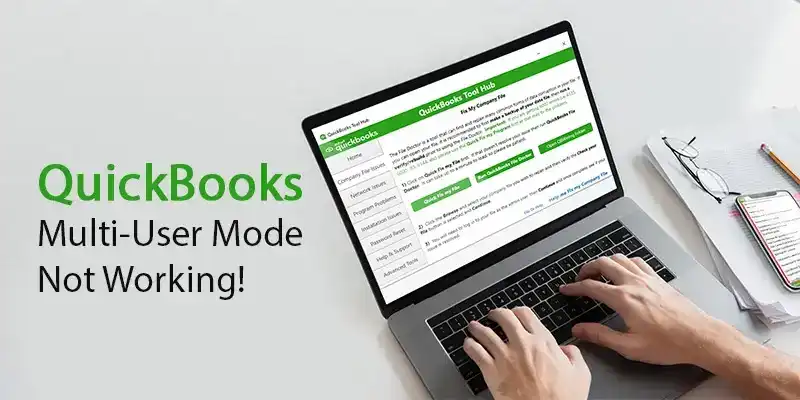
About IRS Form 940, Employers Annual Federal Unemployment (FUTA) Tax Return
The Employer’s Annual Federal Unemployment (FUTA) Tax Return, or IRS Form 940, is a crucial tax document for a large number of American companies. This form calculates the annual federal unemployment tax, which pays unemployment compensation to those who lose their jobs. By submitting it accurately and on time, you can prevent penalties and assist ensure compliance. In this guide, we’ll explain what Form 940 is, who needs to file it, and provide instructions on how to complete and submit it.
What is Form 940?
Most businesses are required to pay the federal unemployment tax (FUTA) on employee wages, which is reported using Form 940. This tax is exclusively paid by the employer and only applies to the first $7,000 that each employee makes in a given year. Employees are not responsible for paying FUTA; rather, employers are responsible for paying this tax to the IRS, which in turn funds unemployment programs throughout the United States.
Key Points:
- Purpose: Supports the federal unemployment insurance program.
- Rate: 6% on the first $7,000 of each employee’s earnings, potentially reduced for participating in state unemployment programs.
- Due Date: January 31st for the previous tax year.
Form 940 Instructions and How to Fill It
- Step 1: Gather Information – Make sure you have details like EIN (Employer Identification Number), the total amount of money you were paid, and information on any state unemployment benefits before you begin. Confirm the amount subject to FUTA tax, as well as any appropriate credits from state unemployment tax payments.
- Step 2: Complete Part 1 (About Your Business) – In this section, provide details to queries regarding your organization. This includes your company name, Employer Identification Number (EIN), and address. In addition, please specify whether any FUTA tax is applicable to the wages you have paid.
- Step 3: Calculate Taxable FUTA Wages – Enter the total amount paid to the staff. From this, you shall deduct any exempt payments (e.g., fringe benefits or retirement payments) and wages exceeding $7,000 per employee. The outcome is your taxable FUTA wages.
- Step 4: Determine the FUTA Tax Amount – Calculate your total FUTA tax liability by applying the 6% rate to the taxable wages. Use state unemployment tax credits if your company qualifies for them to lower this sum.
- Step 5: Adjust for State Tax Credits – Most employers are eligible to reduce their FUTA tax by 5.4% if they have contributed to a state unemployment fund. If all requirements and criteria are met, this results in a minimum effective tax rate of 0.6%.
- Step 6: Complete Part 2 (Tax Adjustments) – Adjustments should be mentioned and reported here if they are required, such as if you operate in a state that has not complied with federal regulations or if you have paid additional state unemployment taxes.
- Step 7: Total the Tax and Report Deposits – In this part, calculate your total FUTA tax after modifications and adjustments and compare it to the deposits made during the year. The filing should include any outstanding balance, and any excess or overpayment may be refunded or applied to the subsequent year’s tax filing.
- Step 8: Sign and File the Form – Sign the form and date it to complete Part 3. Make sure you are accurate and everything is correct because errors can result in penalties or delays in processing.
Mailing and Filing Instructions for Form 940
- Where to Mail Form 940: The address is determined by your business location and whether you are submitting a payment with your form. To verify the appropriate mailing address for your business, you can check the IRS’s official instructions.
- Online Filing Option: Many businesses choose to e-file Form 940 since it is faster and certifies receipt by the IRS more quickly. Moreover, it also lowers the possibilities of error and mistakes.
FAQ
What is Form 940 For?
Form 940 is used to report the annual FUTA tax that employers are required to pay in order to support state unemployment agencies. It is vital for businesses that have employees to comply with federal regulations.
Does Everyone Have to File Form 940?
Most companies that hire or employ people are required to submit Form 940. Usually, you have to file if you had at least one employee for at least 20 weeks or paid them $1,500 or more as wages in a calendar quarter.
Do Sole Proprietors Need to File Form 940?
Sole proprietors without employees typically do not need to submit Form 940. Nevertheless, if a sole proprietor employs individuals who fulfill the listed criteria, they may be required to submit this form.
What is the difference between a 940 and a 941?
Form 940 and Form 941 are both IRS tax forms, but they serve different purposes. Form 940 is used to report annual Federal Unemployment Tax Act (FUTA) taxes and is filed once a year. In contrast, Form 941 is used to report quarterly federal income tax, Social Security, and Medicare taxes withheld from employees’ wages, as well as the employer’s share of these taxes. Form 941 is filed every quarter. Essentially, Form 940 deals with unemployment taxes, while Form 941 handles payroll taxes.
Who is Exempt from Form 940?
Certain organizations and individuals are exempt, including:
- Nonprofits: Some 501(c)(3) organizations.
- Government Entities: Federal, state, and local government employers.
- Household Employers: FUTA tax does not apply if you only employ household employees.
However, before filing it’s always recommended to consult with a tax professional if you are seeking an exemption.
Important Links To Access | Download Form 940 PDF
You can download directly from the IRS website. For detailed instructions, refer to the official IRS instructions guide. Ensuring accurate and timely filing of Form 940 is crucial for businesses. By following the instructions above, you can fulfill your federal obligations and avoid potential penalties. For further guidance, consult a tax professional or refer to the IRS guidelines.
- To Download Form 940 for 2023 Directly From IRS Website, Click on the link – https://www.irs.gov/pub/irs-pdf/f940.pdf
- For Detailed Instructions To Fill form 940, Click on the Link – https://www.irs.gov/instructions/i940
 written by
written byAbout Author






